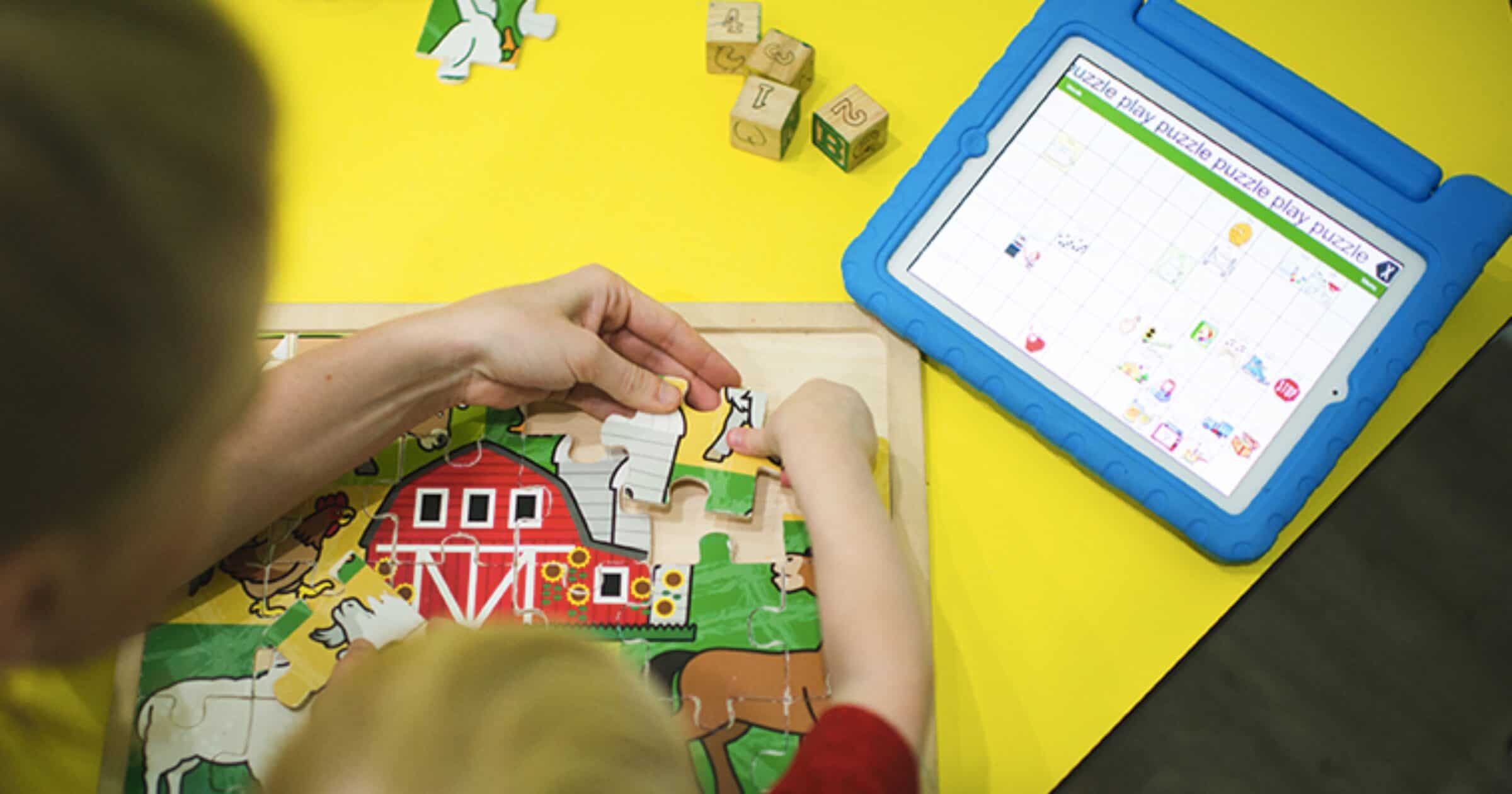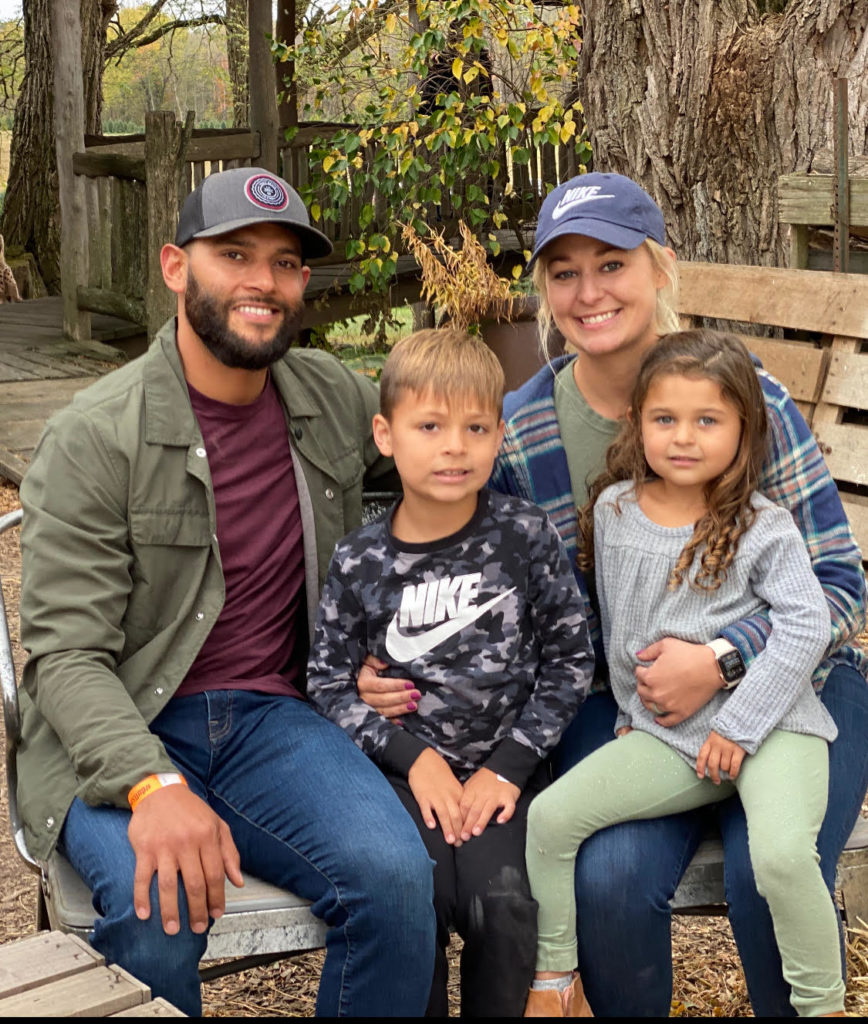There are many misunderstandings related to augmentative and alternative communication (AAC). AAC stands for Augmentative and Alternative Communication. It refers to the methods, tools, and strategies used to aid individuals who have difficulties with verbal communication. This can include both low-tech options, such as picture boards and communication books, and high-tech solutions, like speech-generating devices and specialized software. AAC is designed to support individuals in expressing their thoughts, needs, and emotions effectively, thereby enhancing their ability to interact socially and participate more fully in various aspects of life. It is widely used by people with a range of conditions, including autism, cerebral palsy, and other speech or language impairments. These misconceptions can prevent acceptance and understanding for those who utilize AAC, as well as for their families, friends, and communities. Here we expose a few myths about AAC and offer accurate information to promote awareness, acceptance, and advocacy!
Myth 1: AAC is Only for Non-Speaking Individuals
Fact: While AAC is often associated with non-speaking individuals, it can benefit anyone with communication difficulties. This includes people with speech delays, those who may speak but struggle to express complex ideas, and individuals with autism, cerebral palsy, or aphasia. AAC is a flexible tool that enhances communication for a diverse range of users.
Myth 2: Using AAC Will Prevent Speech Development
Fact: Research shows that using AAC does not hinder the development of natural speech; in fact, it can promote it! For many individuals, AAC serves as a bridge to speech by providing them with a way to communicate their needs and thoughts. The use of AAC can support language development by exposing users to vocabulary and sentence structure, which can facilitate the emergence of spoken language.
Myth 3: Prerequisite Skills Are Needed Before Using AAC
Fact: A common misconception is that children must possess certain skills—such as verbalization, symbol recognition, or specific motor abilities—before they can use AAC. In reality, AAC can be adapted to meet the unique needs of each individual, regardless of their current skill set and can be a valuable tool for teaching new skills.
Myth 4: AAC Devices are Too Complicated to Use
Fact: Some AAC devices may appear complex, many are designed with user-friendliness in mind. AAC systems range from simple picture boards to sophisticated speech-generating devices. A speech-language pathologist can create AAC systems to match an individual’s needs, ensuring that they are accessible and manageable. Additionally, training and ongoing support can help users and families become comfortable with their devices.
Myth 5: AAC is Just for Children
Fact: AAC is beneficial for individuals of all ages. Many adults who have experienced strokes, traumatic brain injuries, or Lou Gehrig’s disease may rely on AAC to communicate effectively. It’s important to recognize that communication needs can arise at any stage of life, and AAC can provide crucial support throughout.
Myth 6: AAC is Expensive and Unavailable
Fact: AAC devices can be costly, however, there are many affordable options and resources available. Many apps for tablets and smartphones offer low-cost or free solutions. Furthermore, organizations and grants may provide financial assistance for obtaining AAC devices. Additionally, speech-language pathologists can help navigate insurance coverage and funding options.
Myth 7: AAC Is Only a Last Resort
Fact: AAC should not be viewed as a last resort, but rather as a powerful communication tool that can provide non-speaking individuals with a means to express their needs, thoughts, and emotions. This proactive approach not only fosters effective communication but also promotes confidence and social interaction! The earlier AAC is introduced, the more opportunities there are for meaningful engagement and skill development.
Promoting Awareness and Acceptance
Dispelling these myths is crucial for creating an inclusive environment for individuals who use AAC. By fostering understanding, we can encourage acceptance and support for these individuals, empowering them to communicate effectively and participate fully in their communities.
What You Can Do
- 📚Educate Yourself and Others! 📚 Share this information with friends, family, and colleagues to raise awareness about AAC.
- 🎉Encourage Inclusivity! 🎉 Promote communication opportunities for AAC users in social settings, schools, and workplaces.
- 👂Listen and Engage!👂When interacting with an AAC user, give them time to respond, and use their preferred communication method to foster connection.
- 🌟 Unlock Communication Possibilities! 🌟 If you or a loved one are navigating communication challenges, our AAC Evaluation Center is here to help! 🎉 Discover personalized assessments, expert guidance, and tailored AAC systems designed just for you. Ready to take the next step? Schedule your evaluation today and empower your voice! 📞✨ https://tinyurl.com/3zn57k56
By addressing misconceptions about AAC and supporting those who use it, we can work together to create a more inclusive and understanding community for everyone. If you have questions or need assistance with AAC, our team is here for support. KCT offers comprehensive AAC evaluation for all ages with a licensed speech-language pathologist to determine the best speech-generating device for all individuals with a variety of communication needs. Together, we can help empower communication for all!








